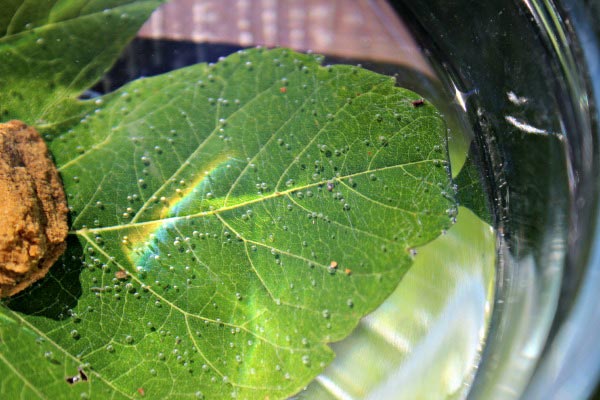Parts of A Plant – Leaves
How do plant make there own food?
Plants make their own food using a process called photosynthesis.
The word photosynthesis can be separated to make two smaller words:
- “photo” which means light
- “synthesis” which means putting together
What do the plants need to make food?
How does photosynthesis work?
The photosynthesis is the process where sunlight reaches a plant and chlorophyll (green) in plant leaves is used to make glucose (sugars) that is food for the plant. Carbon dioxide goes in through the plant’s leaves and gets removed from the air we breathe. Then oxygen is released for us to breathe.
Why is photosynthesis important?
Photosynthesis is important because it provides two main things:
- food
- oxygen
Some of the glucose that plants produce during photosynthesis is stored in fruits and roots. This is why we are able to eat carrots, potatoes, apples, water melons and all the others. These foods provide energy for humans and animals.
Oxygen that is produced during photosynthesis is released into the atmosphere. This oxygen is what we breathe and we cannot live without it.
Let’s do an experiment!
Step 1: Fill a large bowl with lukewarm water
Step 2: Go outside and find a large leaf. You need to pick it off a tree.
Step 3: Place the leaf in the bowl of water and put a small rock on top of it so it under the water. Then put the bowl in a sunny spot.
Step 4: WAIT!
Step 5: Take a peek a few hours later
What you should be seeing is small bubbles that form around the leaf and the edges of the bowl. Those bubbles are the oxygen that the leaf is releasing.
Wow! Plants are amazing!
Complete the activity below by clicking on the link.


